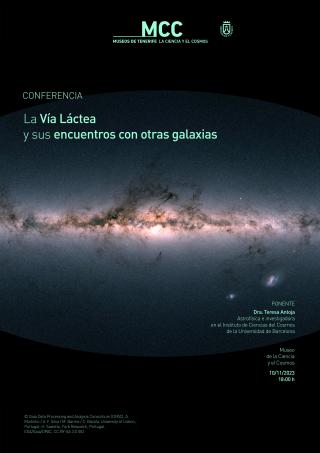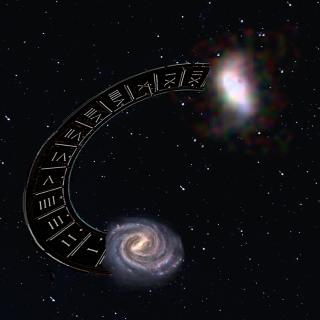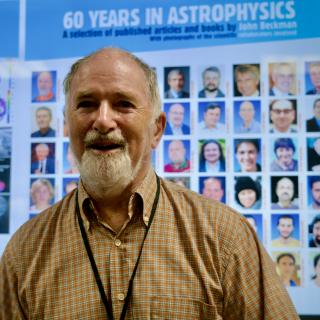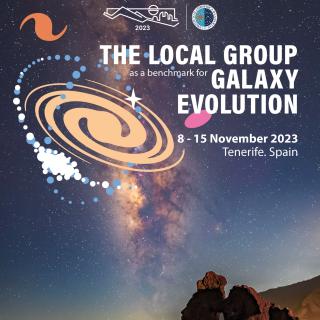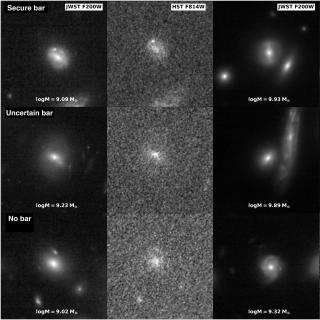
The cosmic evolution of the barred galaxy population provides key information about the secular evolution of galaxies and the settling of rotationally dominated discs. We study the bar fraction in the SMACSJ0723.37323 (SMACS0723) cluster of galaxies at z = 0.39 using the Early Release Observations obtained with the NIRCam instrument mounted on the JWST telescope. We visually inspected all cluster member galaxies using the images from the NIRCam F200W filter. We classified the galaxies into ellipticals and discs and determine the presence of a bar. The cluster member selection was based on a
Advertised on
